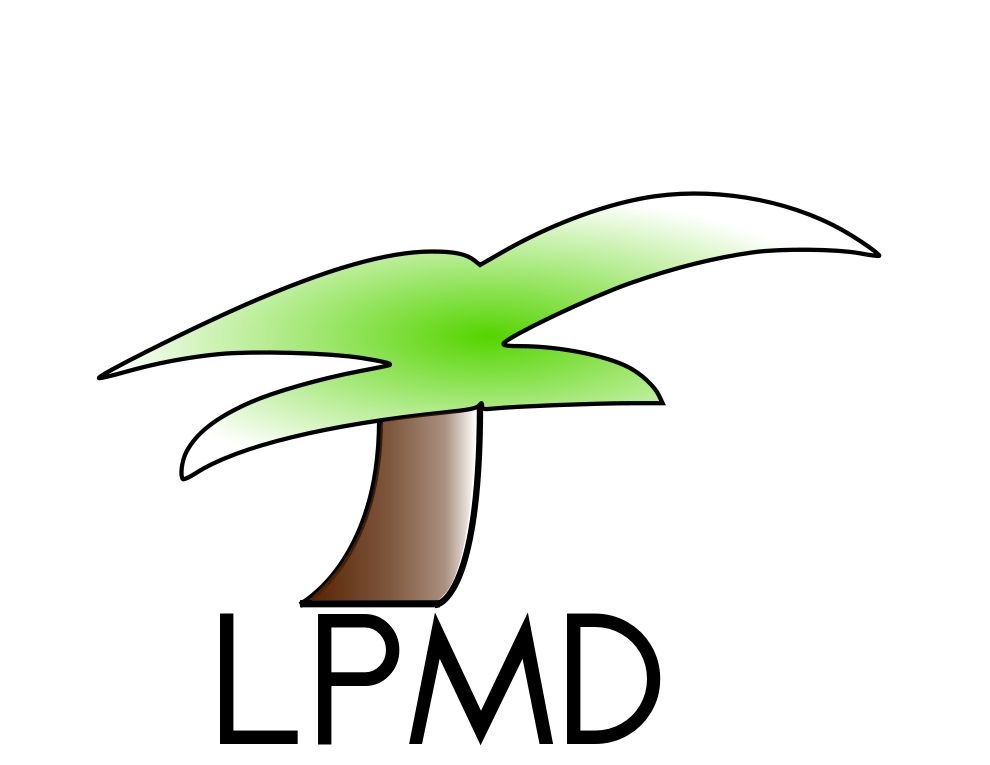Line Markup
This page covers all the start of line markup characters. If you are new to wiki markup, visit Edit Getting Started first. There are 2 kinds of line markup:
- simple
- " " space
- "!" exclamation mark (heading)
- "*" asterisk (bulleted list)
- "#" number or pound sign (numbered list)
- compound
- "->" arrow (indents line)
- "-<" back arrow (hanging indent)
- ": ... :" colon-text-colon (definition list)
- "----" 4 hyphens (horizontal rule)
Additionally a new line can be forced with the markup:
[[<<]]\\as the last two characters on a line
or simply by having a blank line, i.e. two newlines in a row
Simple line markup
These repeat the same markup character one or more times.
To make the sentence display in a typewriter (monospaced) font, start the line with a space (" ").
Space before the first character of this sentence. No space before the first character of this one.
To make a heading, start the line with one or more exclamation marks ("!"). These provide consistent, structured page layout, plus they're converted to code that internet search engines recognize as marking significant text. Some authors find the top level heading is too intrusive (and too like the page title), so prefer to start with the second level; few authors find a use for the sixth level.
! Top level heading !! Second level heading !!! Third level !!!! Fourth level !!!!! Fifth level !!!!!! Sixth level |
Top level headingSecond level headingThird levelFourth levelFifth levelSixth level |
To produce a bullet list, start the line with one or more asterisks (*).
* First-level bulleted list item ** Second-level bulleted list item |
|
To produce a numbered list, start the line with one or more hashs (number signs) (#).
# First-level list item ## Second-level list item |
|
More asterisks and hashs increase the depth of list. Numbered and bulleted lists can be mixed
### Third-level numbered ### Third-level numbered *** Third-level bulleted #### Fourth-level numbered #### Fourth-level numbered ### Third-level numbered |
|
Compound line markup
These use combinations of 2 or more characters to produce their effect.
To produce an indented paragraph, start the line with an arrow (->). More hyphens at the beginning (--->) produce larger indents.
->Four score and seven years ago our fathers placed upon this continent a new nation, conceived in liberty and dedicated to the proposition that all men are created equal. |
Four score and seven years ago our fathers placed upon this continent a new nation, conceived in liberty and dedicated to the proposition that all men are created equal.
|
To produce a paragraph with a hanging indent (outdent), start the line with an inverted arrow (-<). Adding hyphens at the beginning (---<) causes all the text to indent.
-<No freeman shall be taken, imprisoned, disseised, outlawed, banished, or in any way destroyed, nor will We proceed against or prosecute him, except by the lawful judgment of his peers and by the law of the land. We will sell to no man, we will not deny or defer to any man either Justice or Right. |
No freeman shall be taken, imprisoned, disseised, outlawed, banished, or in any way destroyed, nor will We proceed against or prosecute him, except by the lawful judgment of his peers and by the law of the land. We will sell to no man, we will not deny or defer to any man either Justice or Right.
|
--<Power is indeed of the essence of all government, but violence is not. Violence is by nature instrumental; like all means, it always stands in need of guidance and justification through the ends it pursues. And what needs justification by something else cannot be the essence of anything. |
|
To produce a definition list (a term followed by its definition), start the line with colon-term-colon (:term:). More colons increase the depth of the list
:term:definition of term ::second-level item: definition of 2nd-level item |
|
To produce a horizontal rule, start the line with 4 or more dashes (----).
---- ------ |
A special line markup is used to create Tables.
This page may have a more recent version on pmwiki.org: PmWiki:LineMarkup, and a talk page: PmWiki:LineMarkup-Talk.


